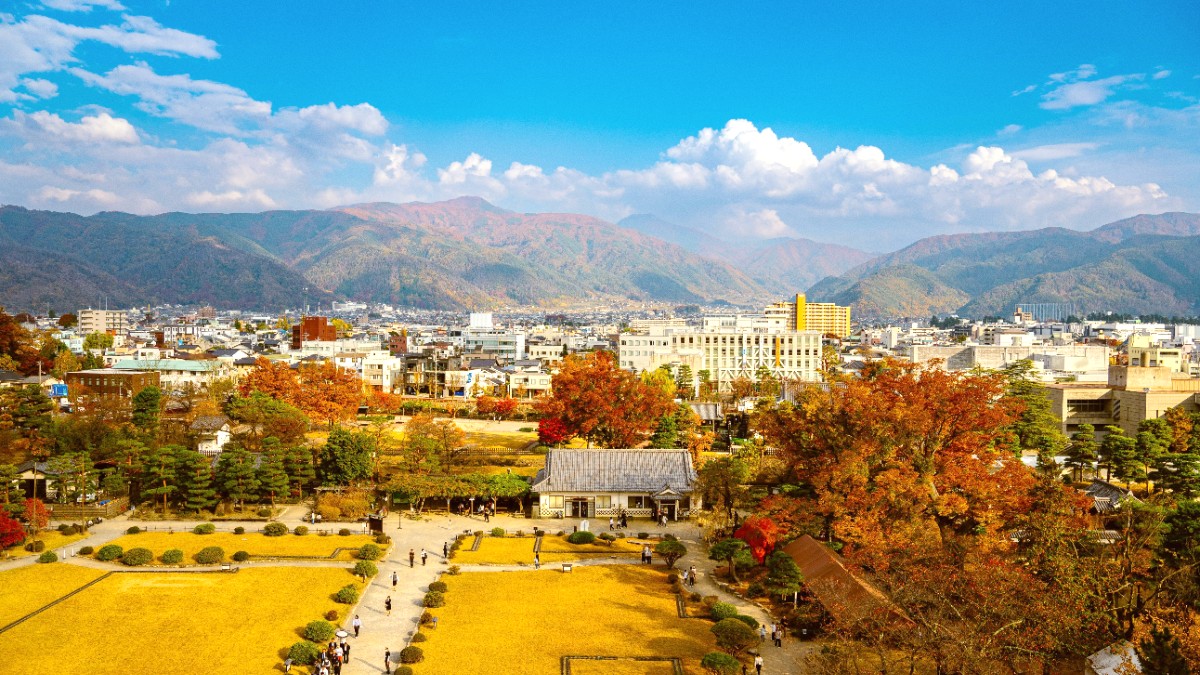
South Of Tokyo, Japan
Sunlight filters through bamboo groves, casting shadows on moss-covered stone steps. Bells from distant temples chime, creating a peaceful sound. Walking through Kamakura feels like a journey through time. It presents moments of quiet reflection and discovery. The city’s atmosphere invites you to slow down, to observe, and to absorb its deep cultural layers.
The visual appeal of Kamakura is immediate. Think of the iconic Great Buddha, sitting calmly under the open sky. Picture the sprawling Tsurugaoka Hachimangu Shrine, its approach lined with cherry trees in spring. These images are not just postcards; they are experiences waiting for you.
Feel the cool air inside a temple hall, or stand on a hill overlooking the city with the ocean stretching to the horizon. Kamakura engages all your senses, creating a vivid and lasting impression. Plan a trip to Kamakura. You will find a destination that combines historical weight with natural charm. It truly offers a peaceful yet enriching Japanese experience.
Kamakura occupies an unique position on Japan's Pacific coast, nestled within Kanagawa Prefecture. It lies approximately 50 kilometers (31 miles) south-southwest of central Tokyo. This proximity makes it a popular day trip or weekend escape. The city is bordered on three sides by hills, which provided a natural defensive barrier during its historical role as a capital. To its south, the city opens directly onto Sagami Bay, part of the larger Pacific Ocean.
The geography of Kamakura greatly shaped its development. The hills, forming a natural amphitheater, created a protected basin. This made it an ideal location for a military government. The city's coastal access allowed for trade and communication, connecting it to other parts of Japan and beyond. The landscape is a mix of urban development, historical sites, and preserved natural areas. Lush green hills surround the city center, which then gently slopes towards the sandy beaches.
Stretches for several kilometers, with Yuigahama and Zaimokuza beaches.
Beaches active with swimmers, sunbathers, and surfers during summer.
Coastal road along Shichirigahama offers views of Sagami Bay.
On clear days, spot Enoshima Island and Mount Fuji across the water.
Provides a scenic journey along the coastal stretch, connecting to Fujisawa and Enoshima.
The hills surrounding Kamakura house numerous temples and shrines, often set within tranquil, forested valleys. Many hiking trails traverse these hills, inviting exploration of the natural environment and discovery of lesser-known historical sites. The mix of mountains, sea, and urban landscape gives Kamakura its distinct character. This combination presents both stunning vistas and functional advantages, making it an appealing place to visit.
Kamakura's location places it conveniently close to other regional attractions. Yokohama, Japan's second-largest city, is a short train ride away, presenting a different urban experience. Hakone, famous for its hot springs and views of Mount Fuji, is also accessible for a day trip.
This strategic position, blending natural beauty with accessibility, makes Kamakura a favored spot on many travel itineraries. The city's natural setting complements its historical and cultural appeal, creating a rich travel experience.
The city's geological features contributed to its historical significance and current charm, drawing visitors to its unique blend of heritage and nature.
Kamakura is an unique and revered position in Japan's long history. It served as the seat of the Kamakura Shogunate, Japan's first samurai government, from 1185 to 1333. This period, known as the Kamakura period, marks a pivotal shift in Japanese society. Power transitioned from the imperial court in Kyoto to the warrior class. Minamoto Yoritomo, the founder and first shogun of the Kamakura Shogunate, chose this location for its natural defenses and strategic access to the sea.
The establishment of the shogunate in Kamakura initiated a nearly 700-year era of samurai rule in Japan. This era profoundly influenced Japanese culture, politics, and social structure. Kamakura quickly grew into a large and populous city, becoming a center for government, trade, and culture. While the imperial court continued to exist in Kyoto, real political and military power resided in Kamakura. This dual power structure defined the period.
During the Kamakura period, Zen Buddhism gained significant prominence. The samurai class embraced Zen for its emphasis on discipline, self-control, and direct experience. Many Zen temples were built in Kamakura under the patronage of the shogunate.
Temples like Engakuji and Kenchoji remain important cultural and spiritual sites today. They are a testament to the era's religious and philosophical developments, spreading Zen throughout Japan.
The Kamakura school of sculpture produced powerful and realistic Buddhist statues, including the iconic Great Buddha (Daibutsu) at Kotoku-in Temple. Literature, especially warrior tales and historical chronicles, also flourished.
The fall of the Kamakura Shogunate in 1333, marked by the Nitta Yoshisada's assault through the defensive passes, brought an end to its role as the national capital. However, the city continued to thrive as a significant religious and cultural center. Many of its temples and shrines survived, preserving the legacy of this important historical period.
Due to its rich collection of temples and shrines, Kamakura is a compact yet comprehensive Japanese experience.
Once a powerful political center, Kamakura now presents a peaceful escape from modern urban sprawl.
The city blends historical monuments, serene gardens, and natural coastal beauty seamlessly, balancing cultural exploration with relaxation.
The city sits between verdant hills and the Pacific Ocean, presenting opportunities for outdoor activities like hiking forested trails or enjoying sandy beaches.
Dining in Kamakura features local specialties, especially fresh seafood like Shirasu-don. Traditional Shojin Ryori is available at some temples.
Shopping centers around Komachi-dori, a bustling street near Kamakura Station, with souvenir shops, local craft stores, and cafes.